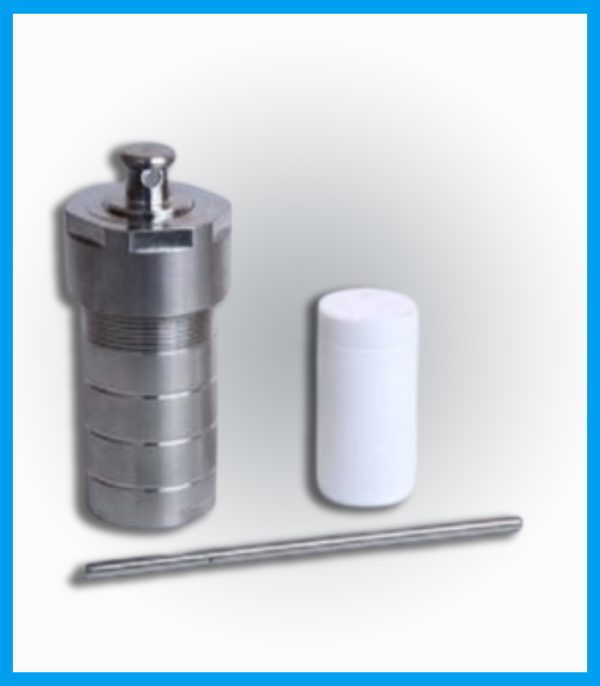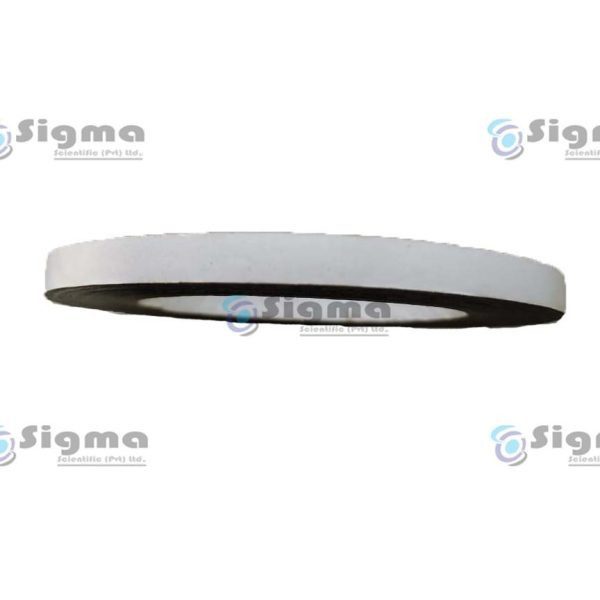Description
SHORT DESCRIPTION
- Specified ITO Sheet resistivity – (~10 ohms/sq), (~20 ohms/sq) & (~100 ohms/sq)
- Typical ITO Sheet resistivity – (8-11 ohms/sq), (18-20 ohms/sq) & (90-100 ohms/sq)
- Transmittance at 550nm – ≥ 87%
- ITO film Thickness – (1800-2000 Å), (1400-1500 Å) & (500-600 Å)
- Electrically conductive and optically transparent coating
- High physical density of the coating
- Low specific electrical resistance
- High environmental and temperature stability
- Excellent electrical conductivity and optical transparency
- Coating uniformity
- Capability to shield Electromagnetic Fields
- Can be deposited into a thin film
- Low electrical resistance
- Thermally and chemically stable
- Highly degenerate behavior
The Indium tin oxide coated glass is one of the types of transparent conductive oxide (TCO) coated substrates. It is commonly known as ITO coated glass. The ITO coated glass having excellent conductive and high transmittance properties. The ITO glass is an N-type semiconductor. The chemical formula of Indium tin oxide is Sn: In2O3. The uniform thin layer of Indium tin oxide (ITO) over a glass substrate makes it highly transparent and low surface resistance. The ITO coating over a glass sheet is carried out in the entirely vacuumed condition by magnetron sputtering method at around 300 degrees C. It is a single side coating, where the coated surface is conductive, and another surface is insulated. In this approach, there is a passivation layer of silicon dioxide (SiO2) in between the ITO layer and the borosilicate glass surface. The standard thickness of SiO2 is 25 nm. The passivation layer is essential to increase the quality as well as longevity of the ITO coated glass plates. The borosilicate glass or float glass is a single side finished substrate. The maximum operating temperature of the ITO coated glass slide is 350 degrees Celsius (i.e. 662 0Fahrenheit).
Customers can choose coating thickness based on the coating resistivity required for the job. If you want we can assist via mail or suggest you refer coating thickness versus resistivity chart to ease the decision.
The ITO coated glass plate is laser cut majorly in a square and rectangular shape, sometimes it is customized in a circular shape also. It is also called an ITO-coated glass coverslip. The square-shaped standard ITO coated glass slides size is 25mm, 50mm, 100mm, and 200mm. The rectangular-shaped ITO glass slide is 50mm x 25mm and 75mm x 25mm. The maximum produced size of ITO coated glass substrate is 405mm x 305mm. The standard thickness of float glass which is conventionally used for coating is 0.5mm, 0.7mm, and 1.1mm. The Indium Tin Oxide conductivity depends on the surface resistance, which is reciprocal to conductivity. The specified surface resistivity of the ITO coated glass sheet is in the range of 10 ohms/sq. to 100 ohms per square. The transmittance of the Indium Tin Oxide (ITO) glass coverslips at 550nm are greater than 85%. The ITO film or layer thickness is in the range of 50nm to 200nm (i.e. 500Å – 2000Å). The surface roughness is 1-10 nm depending on their specifications, whereas the ITO work function is 4.8~4.9eV after a proper cleaning. It is also known as an ITO wafer. The haze of the conductive glasses is less than 1%.
We can also customize the size and specifications of the product as per buyer requirements. The Indium Tin Oxide coated over a polished and unpolished float glass as well as OLED soda-lime substrate. The ITO conductive film provides over a quartz and Corning glass substrate. In some instances, double side coated slide can also manufacture. It is majorly used in research laboratories, educational institutes, and industries. In research, it is widely utilized for the fabrication of Dye-Sensitized solar cells or organic cells. It is also majorly used for Indium tin oxide touch screens. We also offer a cost-effective solution for many applications based on the bulk requirement. We also provide ITO patterning of the substrate as per ordered designs. The laser and wet etching use for the details patterning develop by a Photolithography method. Direct soldering is not possible over an ITO thin film, hence there is a use of conductive paste, conductive ink, or copper foil conductive adhesive tape. The ITO coated glass storage temperature is less than 20 degrees centigrade for a better life and results.
CLEAN ITO COATED GLASS SUBSTRATE
We package ITO coverslips very carefully in a special protective packaging to ensure it reaches you clean and without the slightest damage. However, there are clients who prefer to clean the glass once it arrives before putting it to use. For all such cleaning purposes, we recommend clearing it with high-quality lint-free cotton dipped in the solvent called isopropyl alcohol. Clients are warned not to wipe coatings with alkali. Dilute sodium hydroxide solutions are commonly used for patterning ITO. If you use acid of any kind it will cause irreversible damage to ITO coating on the glass surface.We also have Premium order options where customers can place an order for anti-reflective or Index Matching Coatings to increase transmittance on the coating.
APPLICATIONS
- Digital microfluidic devices
- Display and other Optoelectronic devices
- Solar cell fabrication
- As substrates for Barium Vanadate films
- EMF/EMI/EMC/RFI/HF Shielding applications
- Flat antennas for mobile communication
- De-icing applications
- ITO glass heater and antistatic windows
- ITO defrosting coating use for aerospace technology
- Use in-camera and Spectro-electrochemistry
- Organic Light Emitting Diode [OLED] and Electro- Luminescent Display [ELD]
- Photovoltaic cell making
- Switchable Windows
- Biological devices and use as a cell culture substrate
- Display technology such as LCD, Plasma Display, Flat Panel Display















Reviews
There are no reviews yet.